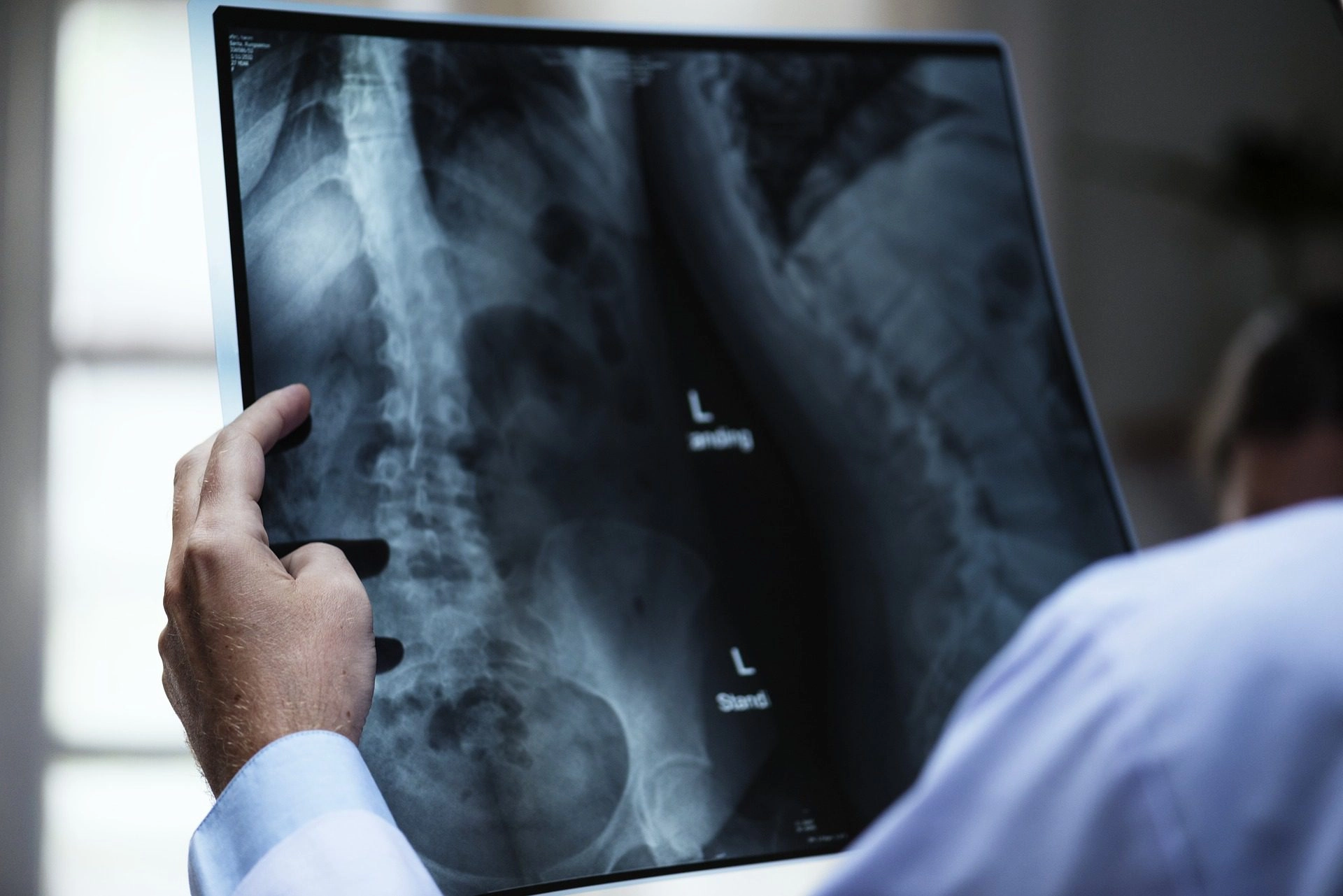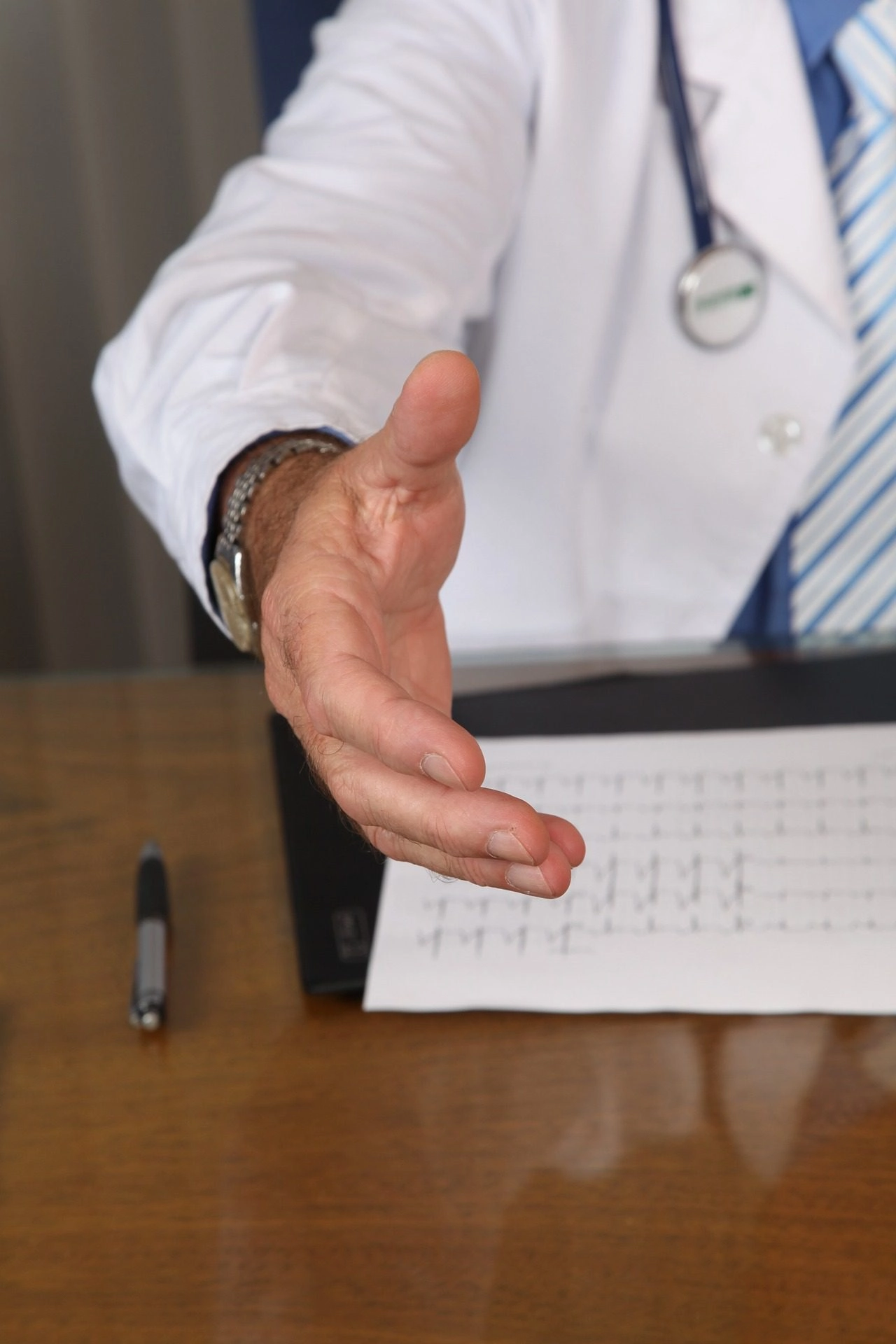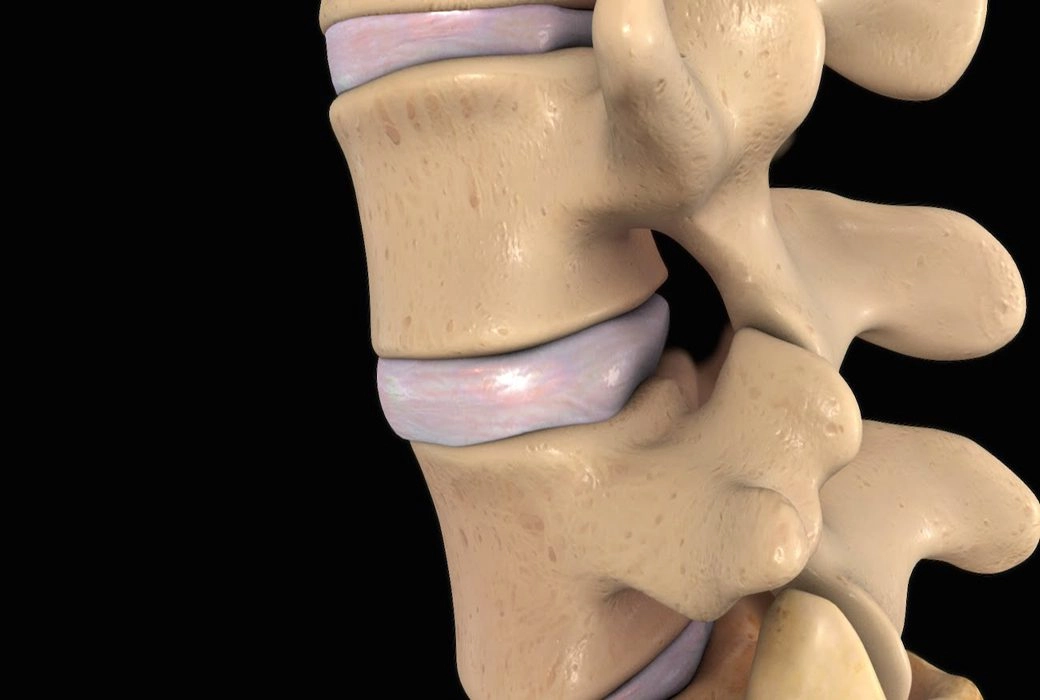As a community of active, working individuals, injuries to discs in the spine are bound to occur. It is not uncommon for hard working people to decide that they will ‘just live with the pain.’ However, such pain may be unnecessary – and, as your Anchorage-based chiropractor knows it increases the risk for pain later in life. Seeking information early becomes imperative for life-long spinal health.
As our bodies age, natural changes in the spinal discs can occur, often causing pain. Understanding the origin of pain can help us better navigate the best road to healing. Managing neck and back pain early greatly increases our chances of avoiding chronic pain.
Properly diagnosing and treating back pain plays a key role in long-term healing. Healing is better accomplished when patient and physician choose to work in tandem. In order to better understand a diagnosis, we need to become somewhat familiar with how discs in the spine help the body.
How Do Spinal Discs Benefit the Body?
The spine contains a series of 33 small bones, called vertebrae, that create a safe home for spinal nerves. These vertebrae help give the body shape. The nerves are needed to allow the brain to send communications throughout the body.
It is the soft, somewhat squishy, discs between each vertebra that help provide protection and flexible support for the spinal cord. The interlocking nature of the discs and vertebrae allows us to bend and twist to some degree from the torso. Spinal discs give a buffer between the harder vertebrae bones. Discs allow the vertebrae to move without rubbing bone on bone.
If one or more of these discs become altered or takes on too much pressure in some way, we feel pain. The pain may be temporary, or it may become more lasting. We must guard against the possibility of chronic pain and ensure long-term spine health. Caring for this central part of our physical make-up becomes key for maintaining the body as a whole unit.

Three Places Disc Problems May Develop
- Cervical Spine (neck)
- Thoracic Spine (middle and upper back)
- Lumbar Spine (lower back)
Typical Symptoms of Disc-Related Problems
- Pain
- Numbness
- Tingling
- Weakness
- Swelling
- Pressure
Common Types of Disc Problems
- Bulging disc (liquid-nucleus of the disc comes pressed)
- Herniated disc (outer portion of disc breaks down, exposing the inside)
- Degenerating disc (changes in one or more discs as aging occurs)
Expert Anchorage Chiropractor On Bulging Discs
A disc may begin to bulge, or protrude, from its normal placement between the discs as the result of trauma to the area, undue stress to the spine, or disc degeneration. A weakened outer wall of a disc can result in the disc losing its original shape. This places pressure on the disc, causing it to push into the space between the vertebrae.
The difference between a bulging disc and a herniated disc is whether or not the inner jelly-like substance is still retained by the disc wall. If a disc is protruding from its intended placement, this is a bulging disc. If ‘gel’ from the inside of a disc has begun to exit the disc wall, it is considered a herniated disc.
Herniated Discs
Herniated discs may be caused by injury, stress on the spine, or disc degeneration. If compression happens on a nerve as a result of herniation, you may feel pain or numbness where that nerve travels through the body. Tingling and numbness will also usually occur when the inner ‘gel’ of the disc comes in contact with nearby nerves.
Disc herniation is associated with several terms that refer to the same condition. You may hear ‘slipped disc’ or ‘prolapsed disc’ instead of ‘herniated disc.’ Some practices will call for surgery to remove the disc that is causing pain. Safe, effective, surgery-free alternatives are available in Alaska.
Degenerating Discs
We may think of age-related changes regarding energy levels, the face, or muscle strength. Disc degeneration occurs as our bodies change over time. As natural changes happen, the spine becomes more likely to develop disc related ailments. These may include herniation, bulging discs, spinal stenosis, or osteoporosis.
What changes can take place in the spine as a part of disc degeneration?
- The soft jelly-like inside of a disc may become weak over time. Weakness makes the disc more susceptible to injury.
- It is possible for small cracks to develop on the outermost layer of a disc. This weakens the disc and may cause bulging or herniation of the disc.
- A loss of inner disc fluid is possible as the spine ages. This brings the vertebrae closer together, possibly putting pressure on nerves.
- Bone spurs can develop as part of the body’s response to age-related changes. These spurs can be painful as they place pressure on nerves in the spine.
Degeneration is a bit more common in the lumbar and cervical regions of the spine. Patients often experience an increased amount of turning, bending, and twisting in these portions of the spine during normal life activities. Some cases will develop more quickly as a result of past injuries to these areas.
While we cannot fully prevent our bodies from aging, we can choose to keep our joints and spinal column healthy and happy. We may not be able to dip the spine into the elusive ‘fountain of permanent youth’ – but we can get pretty close by maximizing spine health with thoughtful care.
Actions for Maximizing Spine Health
- Choose a few favorite poses to enjoy regularly.
- Utilize proper lifting techniques if lifting heavy items is not avoidable.
- Stay active.
- Receive chiropractic care, physical therapy, or spinal decompression treatments.
- Avoid injury.
- Minimize risk factors.
Increased Risk Factors for Disc Problems
- Smoking
- Heavy lifting and labor-intensive activities, especially if done regularly
- Obesity
Diagnosing Disc Related Conditions According to an Expert Chiropractor in Anchorage
Knowledge becomes gold when it means that healing is possible. Spinal disc pain is not something that should be left untreated. Pain may seem manageable for a time. However, allowing discs to remain undiagnosed and untreated can lead to further injury. Determining the cause of pain can increase healing and dramatically decrease additional risks.
What might happen during an office visit?
- Physical examination of affected area(s)
- Review of symptoms and when they began
- Test of nerve function and muscle strength
- Review of any related injuries and medical history
- Review of work activities
- Discuss exercise techniques
- Explain specific treatment options
- Review scheduling considerations (if applicable)
Long-term health considerations may also be discussed regarding a patient’s specific needs. A diagnosis may include information regarding the cause of a patient’s pain. If multiple conditions are present, this will affect the choice of treatments. Properly educated chiropractic physicians – available here in Anchorage – can regularly provide reliable diagnoses.
Is It Possible to Heal from Disc Related Pain?
Yes! Better Health Chiropractic in Alaska offers treatment options that are designed to work specifically with spinal ailments. Healing for upper, middle, lower back pain is attainable. Treatment for disc-related pain may include:
- MCU Therapy
- Chiropractic Care
- Physical Therapy
- DRS System
- Low Back Pain Treatment
- Spinal Decompression Treatments
Cervical Spine (neck) recovery care may include chiropractic treatments, physical therapy, or MCU Therapy. MCU Therapy addresses disc pain in the upper spinal regions. Treatments include working to build strength in the neck area – without causing injury.
Thoracic and Lower Spine (middle and upper back) care may utilize chiropractic treatments, physical therapy, or the DRS System. The DRS System is a non-surgical disc decompression therapy that alleviates pressure among spinal discs. This treatment option is offered in Alaska by Better Health Chiropractic.
Low back pain sufferers may also benefit from the Alaska Back Pain Protocol, a synthesis of available treatments that work together to bring healing without surgery. Treatments will be selected based on each patient’s needs. Patient recovery times do not have to mean hospitalization with these individualized treatment options.
With modern technology and a growing number of options for spinal care, patients have begun to seek lasting results. Short-term fix-it options are not what people want for health care. Better Health Chiropractic offers safe and reliable options in Anchorage for healing – that do not involve surgery and often minimize downtime to almost nothing.
Keeping the Spine Happy

Providing good care early on in spinal-related ailments offers a wonderful benefit for advanced healing. Patients spend less time in pain and reduce the risk of further injury if care is given as early as possible. Chronic conditions may develop if proper care is not given to bulging or herniated discs. Pain associated with disc degeneration may easily be minimized with proper care.
Physicians at Better Health Chiropractic stand ready to help patients in Anchorage navigate the road to healing. Individualized care plans maximize each treatment opportunity for patients. Contact us today to schedule an appointment at one of our four Alaska locations.










